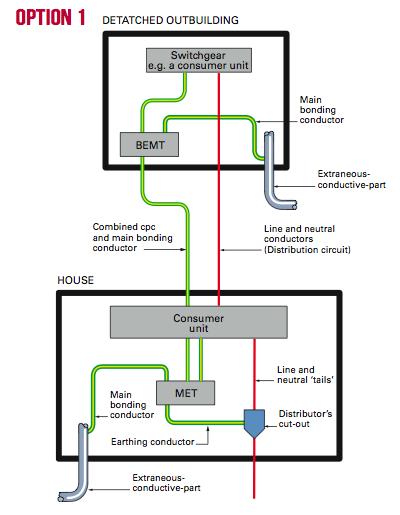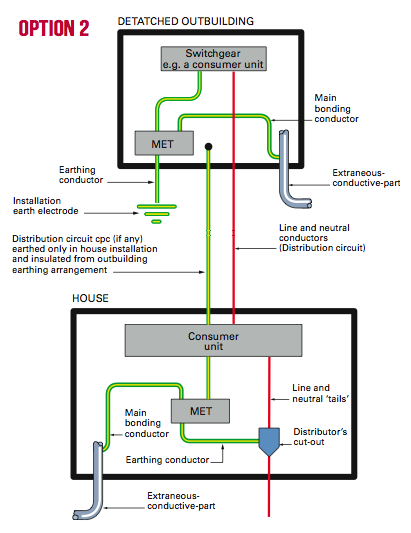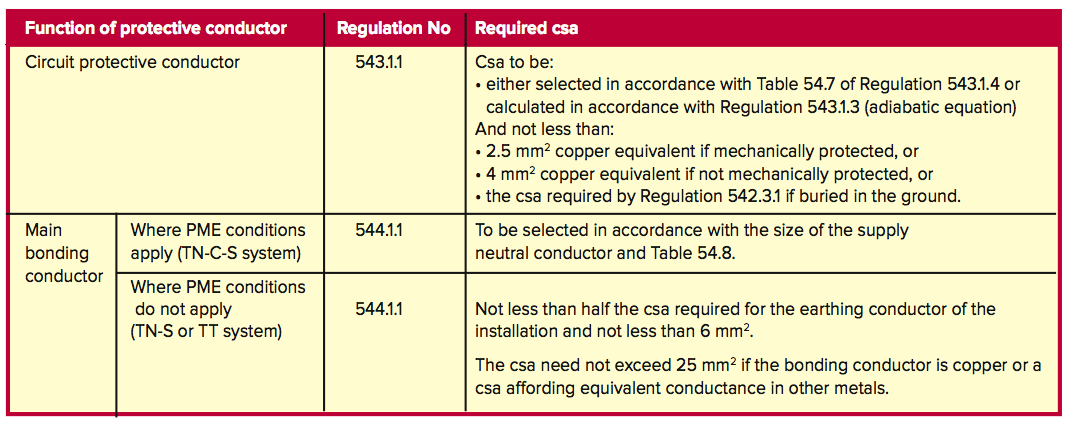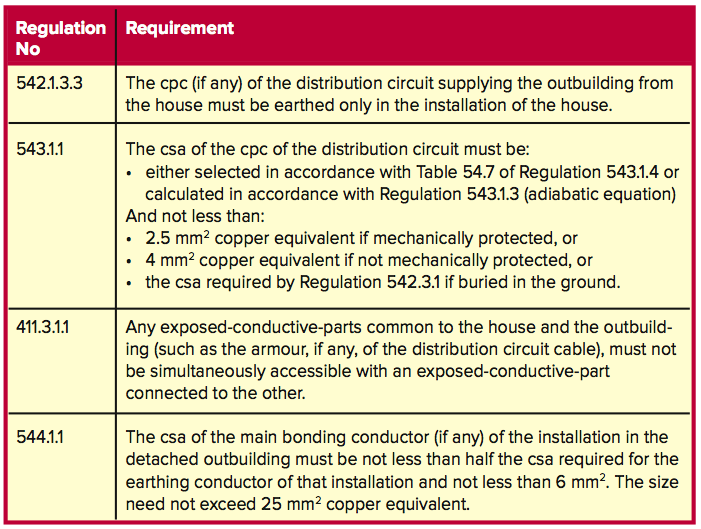L
Lewis Ashton
Hi,
I know this is a very commonly debated topic, but I have never found a solution agreed by a majority.
I am in the process of building a wooden shed, approximately 20metres from the house (up to 30 metre cable run to the CU and meter cut out). I have a PME/TNCS supply to the property and no extraneous metallic services/structures in the shed. I would like to install a handful of IP rated sockets both inside and to the exterior of the shed, along with an interior LED light and a couple of LED floodlights/bulkhead lights outside (it will be next to my patio/seating area).
My proposal is to install a 40A RCBO, supplying a glanded SWA cable (earth connected to house CU earth). The SWA will be ducted (to allow replacement-I'm thinking of the long term as I don't intend on moving again, and to allow provision of other services possibly). This SWA would then enter the shed and terminate in to a garage type CU with RCD mainswitch, one 20a MCB for sockets and a 6a MCB for my lighting requirements. I propose not to connect the earth of the SWA to the shed CU so as not to export the earth, but instead use a sufficiently deep enough earth rod (depth dependent on testing of course) and connect this to the shed CU via a 10mm earth cable to provide a local TT arrangement.
My question is, does this seem the safest way of installing such a shed supply? I realise that most people wouldn't duct the SWA, etc. but as I am doing the garden up, it's my own house and I do not intend on moving, I wish it to be future proof (able to replace SWA if ever necessary, etc.) Likewise, I would prefer to have a separate CU in the shed to allow future increased loads, although initially there will be no, "heavy duty" workshop tools/high current loads.
Would I be better using a time delay RCBO at the house to allow discrimination between that and the house RCD? Would I be best terminating the SWA in to a plastic enclosure prior to the shed CU to ensure the SW does not touch and
innadvertantly earth the shed CU?
I'm used to working on industrial, rolling stock based installations, rather than domestic installations, so please excuse any question that may seem obvious!
I know this is a very commonly debated topic, but I have never found a solution agreed by a majority.
I am in the process of building a wooden shed, approximately 20metres from the house (up to 30 metre cable run to the CU and meter cut out). I have a PME/TNCS supply to the property and no extraneous metallic services/structures in the shed. I would like to install a handful of IP rated sockets both inside and to the exterior of the shed, along with an interior LED light and a couple of LED floodlights/bulkhead lights outside (it will be next to my patio/seating area).
My proposal is to install a 40A RCBO, supplying a glanded SWA cable (earth connected to house CU earth). The SWA will be ducted (to allow replacement-I'm thinking of the long term as I don't intend on moving again, and to allow provision of other services possibly). This SWA would then enter the shed and terminate in to a garage type CU with RCD mainswitch, one 20a MCB for sockets and a 6a MCB for my lighting requirements. I propose not to connect the earth of the SWA to the shed CU so as not to export the earth, but instead use a sufficiently deep enough earth rod (depth dependent on testing of course) and connect this to the shed CU via a 10mm earth cable to provide a local TT arrangement.
My question is, does this seem the safest way of installing such a shed supply? I realise that most people wouldn't duct the SWA, etc. but as I am doing the garden up, it's my own house and I do not intend on moving, I wish it to be future proof (able to replace SWA if ever necessary, etc.) Likewise, I would prefer to have a separate CU in the shed to allow future increased loads, although initially there will be no, "heavy duty" workshop tools/high current loads.
Would I be better using a time delay RCBO at the house to allow discrimination between that and the house RCD? Would I be best terminating the SWA in to a plastic enclosure prior to the shed CU to ensure the SW does not touch and
innadvertantly earth the shed CU?
I'm used to working on industrial, rolling stock based installations, rather than domestic installations, so please excuse any question that may seem obvious!













